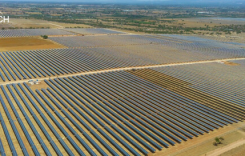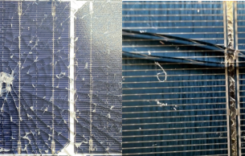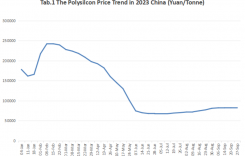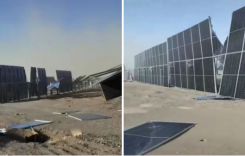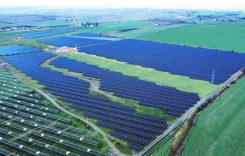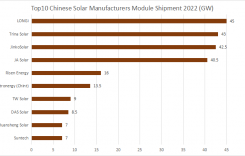PVTIME – According to Wood Mackenzie, the global Levelized Cost of Electricity continues to reflect major progress in renewable energy technology, with solar photovoltaics set to maintain their position as the world’s most cost-competitive power source by 2025. The firm notes that single-axis tracking systems in the Middle East and Africa are currently the most cost-effective at 37 US dollars per MWh, with ongoing improvements in module efficiency and stable supply chains set to drive further cost reductions across key regions.

Ahmed Jameel Abdullah, a senior research analyst at Wood Mackenzie, states that renewable technologies demonstrate a clear cost advantage over traditional power generation methods in all regions. He adds that the sector will continue to lower costs through technical improvements, supply chain optimisation, and economies of scale, thereby solidifying renewables’ position as the world’s dominant power generation technology.
In the Asia-Pacific region, utility-scale solar PV will offer the lowest costs by 2025, ranging from 27 US dollars per MWh in China to 118 US dollars per MWh in Japan. Onshore wind is also highly competitive, with costs ranging from 25 to 70 US dollars per MWh in China, India, and Vietnam. Hybrid solar-plus-battery systems are gaining momentum as battery costs drop. Australia uses storage to stabilise solar output, while India is pushing hybrid setups to achieve grid parity. China remains a leader in low-cost energy storage due to strong supplier competition. However, offshore wind costs vary widely, with China showing strong commercial revenue potential, while other markets face increases in the early 2030s.
The levelised cost of electricity (LCOE) for Europe’s renewable energy sources will fall by 7% by 2025, with the lowest average LCOE being delivered by utility-scale solar PV fitted with single-axis tracking. A 10% reduction in module prices compared to 2024 has cut costs. The LCOE for onshore wind is projected to fall by 16% by 2030, while the cost of offshore wind is expected to rise in the early 2030s due to supply chain constraints. The LCOE of utility-scale energy storage with four-hour capacity is expected to drop below 100 US dollars per MWh by 2026, falling a further 35% by 2060. Over the same period, the LCOE of commercial distributed PV is set to decrease by 49%.
Despite short-term challenges, including new US tariffs and the phased end of investment tax credits, renewable costs in North America are expected to decline by 2060. However, onshore wind LCOE is expected to rise by 24% after 2030 due to expiring tax credits, though merchant revenue forecasts indicate strong long-term viability. Offshore wind LCOE remains high due to policy uncertainty and project delays. Capital costs and fuel expenses for gas turbines are increasing as electricity demand grows, particularly due to the expansion of artificial intelligence and data centres. Although low-carbon dispatchable technologies such as small modular reactors and enhanced geothermal energy remain more expensive, they provide critical system flexibility.
Between 2020 and 2024, Latin America’s renewable LCOE fell by 23%, with commercial solar PV achieving the lowest average costs. By 2060, the LCOE of onshore wind will have dropped by 42%, while the LCOE of fixed-bottom offshore wind will have fallen by 67% from 2025 levels. The LCOE of energy storage is projected to decrease by 24% by 2060, as infrastructure and market maturity improve.
In the Middle East and Africa, the LCOE from wind and solar power is expected to drop by 6% to 10% by 2025. Utility-scale solar PV will remain the region’s lowest-cost power source, with single-axis tracking PV expected to reach around 17 US dollars per MWh by 2060. Meanwhile, onshore wind is expected to stabilise at around 30 US dollars per MWh, while utility-scale energy storage costs are predicted to fall steadily.
Abdullah adds that the global energy transition is accelerating at an unprecedented pace, with solar PV and onshore wind emerging as the world’s leading low-cost options. He also notes that hybrid systems and energy storage are quickly closing the competitiveness gap, marking a new era for renewable deployment.

Scan the QR code to follow PVTIME official account on Wechat for latest news on PV+ES




